
Question: When my mother and I were talking about thanking guests for coming to the wedding on the day and she thinks I should have a traditional receiving line. I hate the idea of standing around for 20 minutes shaking everyone's hand and hugging people I have never met and wouldn't know when to do it during the day so it doesn't interfere with the other activities of the day. What do I do? --Lynn
Answer: Hi Lynn. Congratulations on your engagement and upcoming wedding. I think the big question to answer first is how large of a wedding are you having? I would NEVER suggest a receiving line if you have over 50+ guests. You are correct-it would take FOREVER to get through and guests would be standing in line for a long time. However, if your numbers are under 50, then if you want to save the time you would have used during the reception going around to tables, then sure! Regardless of the option you chose, proper etiquette says that you should thank your guests and show your gratitude face-to-face, that they have attended either by thanking them in a receiving line or at some point during your reception.
With that said, here are some tips that help from the knot.
When & Where?
Generally the receiving line is formed immediately following the ceremony or at the beginning of the reception. You'll want to take spatial constraints into consideration when choosing where to line up so that family and bridal party members aren't standing on top of each other and guests have room to move in a smooth, orderly procession (which in turn makes the line go faster so you can all get on to the party). Proper ventilation is also crucial to avoid sweaty brows and swooning bridesmaids. The most commonly used ceremony site areas include the hallway or vestibule at the head of the aisle, outside the entry doors, down the front steps, or on the front porch. At your reception site the options are many, depending on the party space: consider the cocktail lounge, the lobby, just outside the doors leading into the main room, or the reception room itself, perhaps on the dance floor. Ultimately, pick a spot where you and your guests can stand comfortably for the duration.
Who Stands in it?
Traditionally, the bride's parents -- as hosts -- head the receiving line and are first to greet guests, followed by the bride and groom and then the groom's parents. Many lines we've seen also include the entire bridal party (if there's room), and sometimes even grandparents (if they're able). Today, however, with more couples contributing to or paying for their own weddings, the lines have blurred (so to speak). The couple may wish to stand alone, especially if the majority of guests are their friends, or they may stand with just the moms while the dads circulate among and welcome the crowd during the cocktail hour.
Divorced & Remarried Parents
This may be one of the stickier situations you'll encounter when orchestrating the big day, and the resolution often depends on the relationships between the relevant parties. If your parents are divorced, they should not stand next to one another in line -- even if they are sharing hosting duties -- as this gives the impression that they are still a couple. Instead, place Mom on one side of you and the groom, then the groom's parents, then Dad. If this arrangement doesn't sit well, consider placing another family member or an honor attendant between them. And what about stepparents? Should you include them too? That depends: Do you have a good relationship with them? Is your mom/dad capable of sharing this duty with your stepmom/dad with civility and grace? You should strive to make everyone feel as comfortable as possible. If this arrangement gets the green light, simply have your father stand with his new wife, and your mother with her new husband. This way guests will understand the relationships.
Introductions All Around
The receiving line is where your hosting duties as the bride and groom kick off. It'll no doubt be a whirlwind of faces, but as much as possible you should introduce your new spouse and your parents to all the guests they have not yet met. First names and the guests' relationships to you should suffice. Likewise all guests should take it upon themselves to offer this same information as introduction to attendants and family members whom they've never met as they proceed down the line; simply shake hands, offer congratulations, and keep moving. The bride and groom need only accept everyone's hugs, kisses, and best wishes, and thank them for coming. It's that simple. And yes, you'll end up with a lot of lipstick on your cheeks, but fear not -- you're allowed to make a bathroom pit stop before heading to the party.


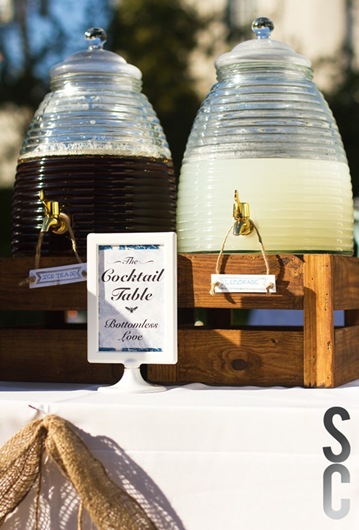
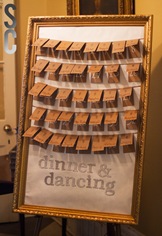
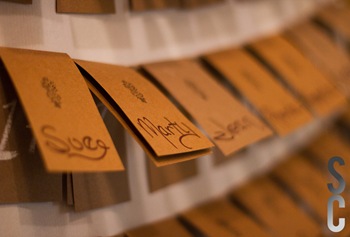


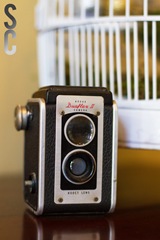

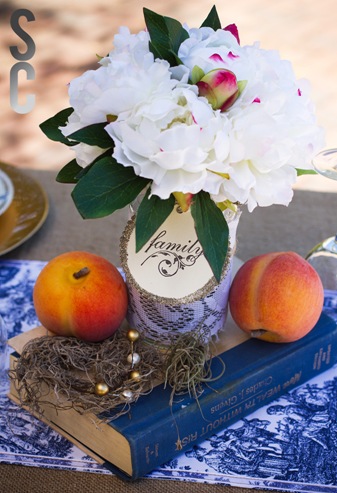
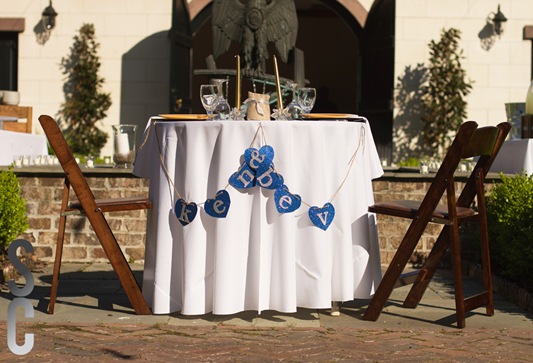
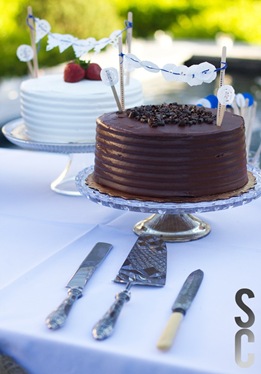













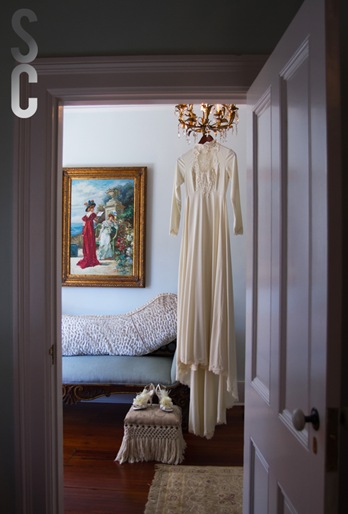










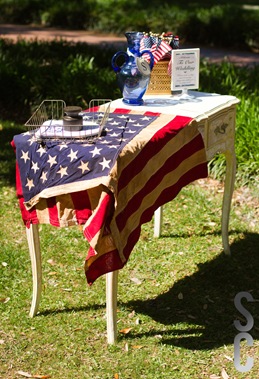
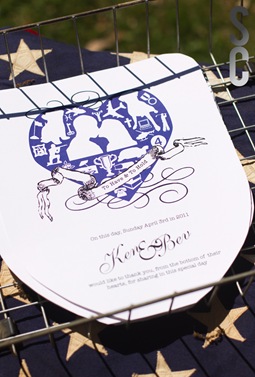
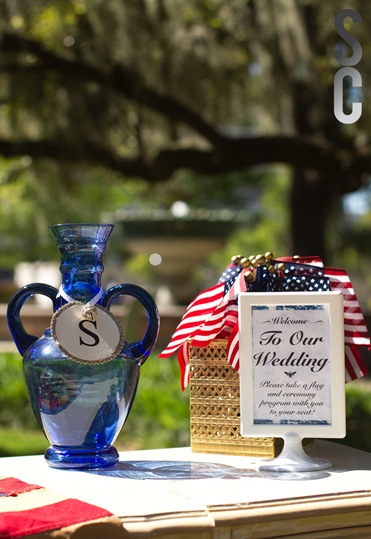




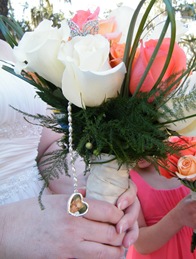

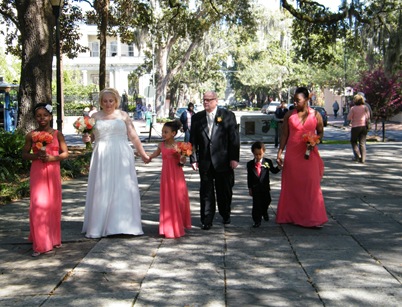
 Meet Al and Nam
Meet Al and Nam

 Do you want a different idea for your guest book that would look great on your wall for years to come? Take a look at this Etsy Shop and thumb through all the incredible options! There are many different styles that can match almost any personal taste/wedding. Guests will put their fingerprint on a branch and sign below! HOWWW CUTEEEE!
Do you want a different idea for your guest book that would look great on your wall for years to come? Take a look at this Etsy Shop and thumb through all the incredible options! There are many different styles that can match almost any personal taste/wedding. Guests will put their fingerprint on a branch and sign below! HOWWW CUTEEEE! 
